Unveiling the Intriguing World of Tannins in Wine.
- 2023-04-07 05:00:00

Tannins are a fascinating and multifaceted component of wine that contribute to its structure, complexity, and aging potential. Derived primarily from grape skins, seeds, and stems, as well as oak barrels in the case of oak-aged wines, tannins play a pivotal role in shaping the texture, flavor, and aging ability of wine. Let's delve into the intricate nature of tannins and their impact on the sensory experience of wine.
- What are Tannins?: Tannins are polyphenolic compounds found in various plant tissues, including grape skins, seeds, stems, and oak wood. In wine, tannins impart a sense of dryness, astringency, and mouthfeel that contribute to its overall structure and balance. Tannins are particularly prominent in red wines, where prolonged skin contact during fermentation extracts these compounds from the grape solids.
- Texture and Mouthfeel: Tannins play a crucial role in shaping the texture and mouthfeel of wine, particularly in red wines. When present in moderate amounts, tannins add a desirable grip and firmness to the palate, providing structure and depth to the wine. However, excessive tannins can result in a harsh or drying sensation, detracting from the overall enjoyment of the wine.
- Flavor and Complexity: Beyond texture, tannins also contribute to the flavor profile and complexity of wine. Tannins can impart subtle notes of bitterness, astringency, and spiciness, adding depth and dimension to the wine's taste. In young wines, tannins may appear more pronounced and angular, while with aging, they gradually soften and integrate into the wine, enhancing its complexity and balance.
- Ageability and Cellaring Potential: Tannins play a crucial role in the aging potential of wine, particularly in red wines intended for long-term cellaring. Over time, tannins polymerize and precipitate out of solution, resulting in a smoother, more velvety texture and a greater harmony of flavors. Wines with well-integrated tannins and a balanced structure are more likely to age gracefully and develop tertiary aromas and flavors with bottle maturation.
- Food Pairing: Tannins also influence the compatibility of wine with food, particularly when it comes to pairing red wines with rich, fatty, or protein-rich dishes. The astringency of tannins can help cleanse the palate and cut through the richness of foods, enhancing the overall dining experience. However, excessive tannins may overpower delicate or subtly flavored dishes, necessitating careful consideration when pairing wine with food.
- Winemaking Techniques: Winemakers employ various techniques to manage and manipulate tannins during the winemaking process. These include maceration and fermentation techniques, such as extended skin contact or cold soaking, to extract optimal levels of tannins from the grape solids. Additionally, aging in oak barrels can impart additional tannins and flavor compounds to the wine, contributing to its complexity and character.
In conclusion, tannins are a fundamental element of wine that influences its texture, flavor, aging potential, and food pairing compatibility. Understanding the role of tannins in wine appreciation allows enthusiasts to develop a deeper appreciation for the complexity and nuances of wine, from its youthful exuberance to its mature elegance. Cheers to the captivating world of tannins and their enduring presence in the art of winemaking!
Richard Parker, California
-
Recent Posts
-

Tequila, the elixir of agave, transcends mere libation to become a symphony of science, art, and alchemy. Join us on an expedition through the intricate world of tequila, where molecules mingle, flavors...
-
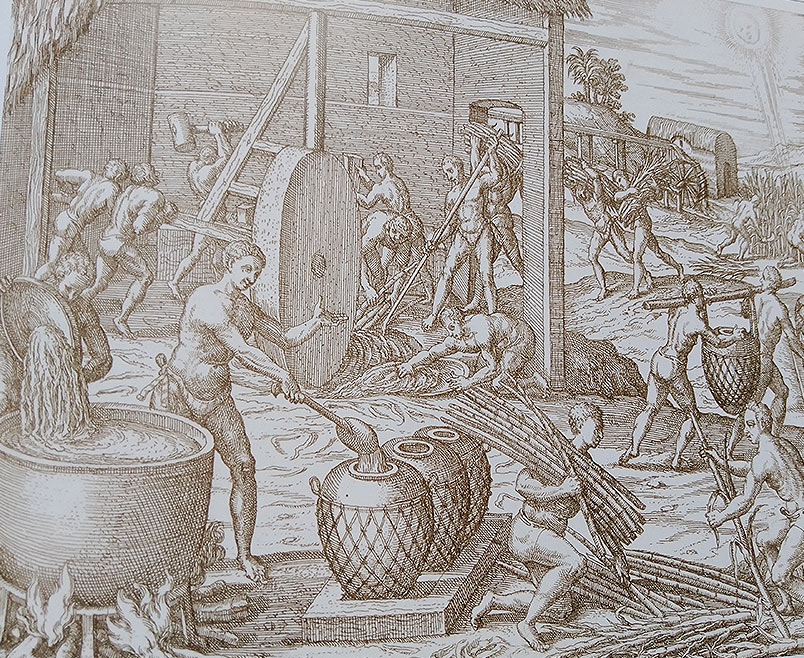
Rum, with its rich flavors and storied past, has woven itself into the tapestry of cultures and traditions around the world. From its origins in the sugarcane fields of the Caribbean to...
-
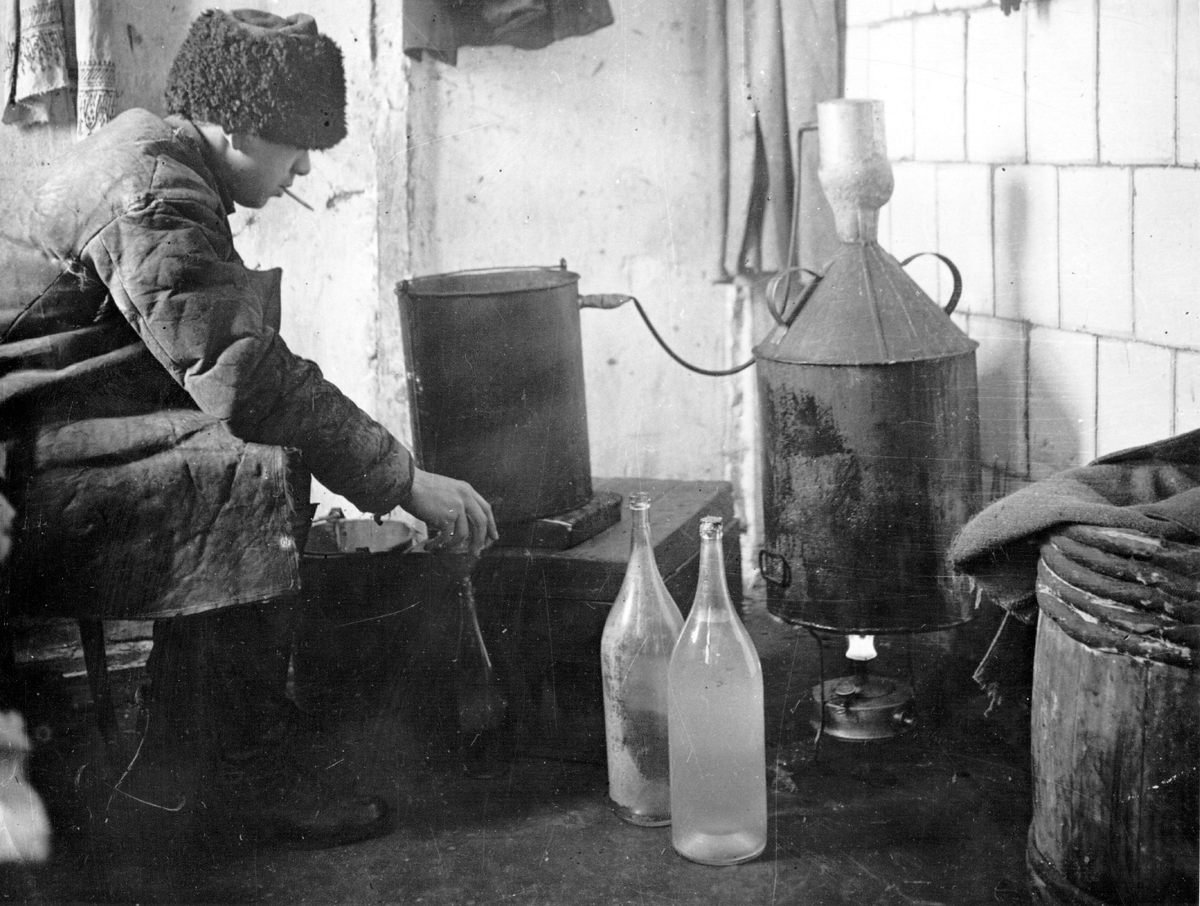
Vodka, with its clear, pure appearance and versatile nature, has a history as fascinating and diverse as the cultures that have embraced it. From its mysterious origins in Eastern Europe to its...
-

Whisky, with its complex flavors and rich heritage, has captured the hearts and palates of people around the world for centuries. From its humble beginnings in ancient civilizations to its global prominence...
-
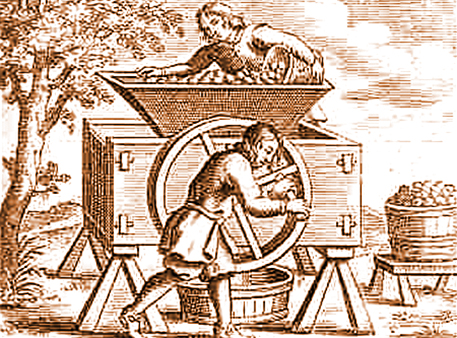
Cider, with its crisp and refreshing taste, has a history as rich and diverse as the apples from which it's made. From its ancient roots to its modern resurgence, cider has been...
-

Wine, with its rich tapestry of flavors, aromas, and cultural significance, has been an integral part of human history for millennia. From its humble origins in ancient Mesopotamia to its global prominence...
-

Wine isn't just for drinking—it's also a versatile and inspiring medium for crafting and décor. Whether you're looking to add a touch of wine-inspired charm to your home or seeking unique gift...
-
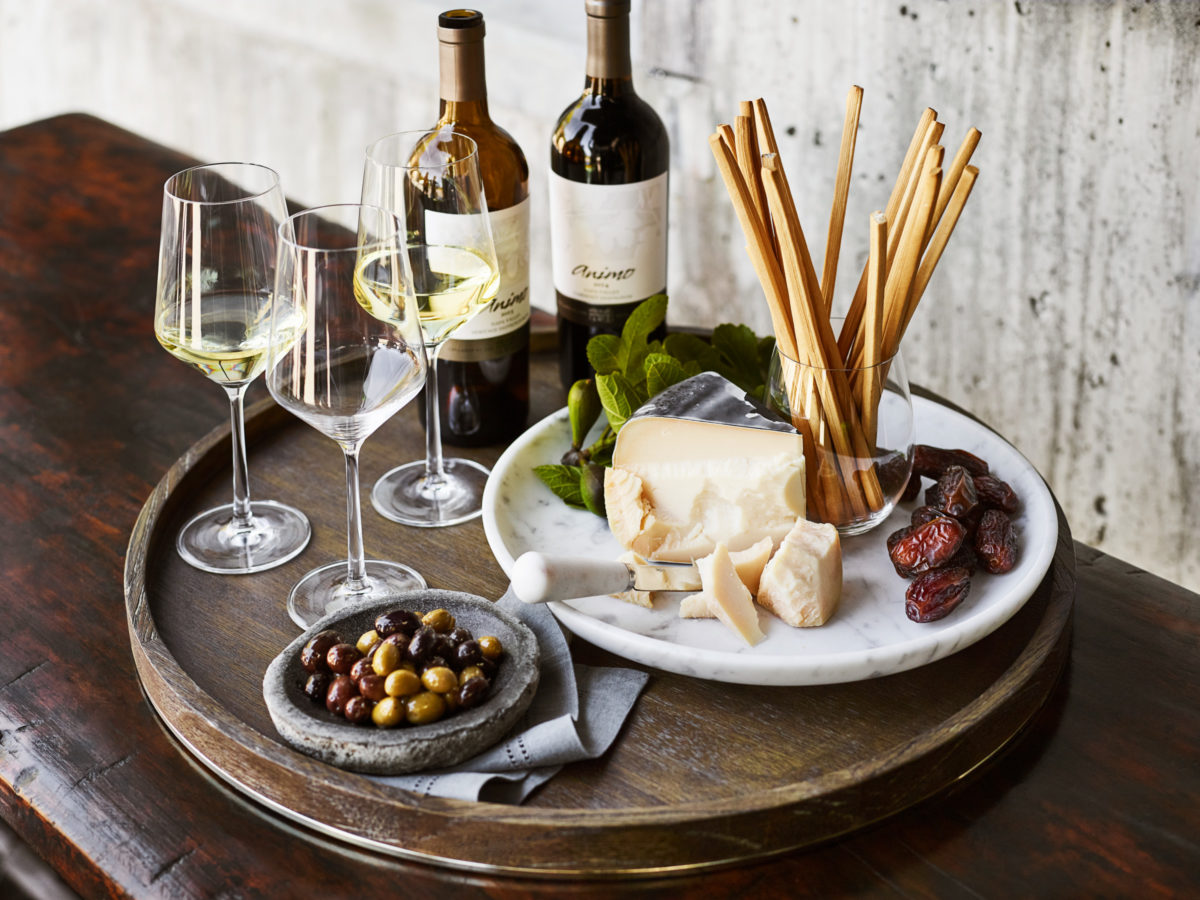
There's no better way to explore the world of wine than by gathering friends and loved ones for a wine tasting party. Whether you're a seasoned oenophile or a curious novice, hosting...
-
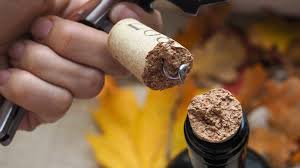
Wine, with its complexity and nuance, is a beverage cherished for its ability to delight the senses and evoke a myriad of flavors and aromas. However, like any agricultural product, wine is...
-

Selecting the right wine glass can significantly enhance your enjoyment and appreciation of wine, allowing you to fully experience its aromas, flavors, and nuances. With a wide array of shapes, sizes, and...
-

Nestled in the picturesque hills of the Veneto region in northeastern Italy lies the charming town of Conegliano, renowned as the birthplace of Prosecco and the epicenter of Italy's thriving sparkling wine...
-

Champagne, the quintessential sparkling wine synonymous with celebration and luxury, is crafted through a meticulous and time-honored winemaking method known as the Méthode Champenoise. From grape to glass, the journey of Champagne...